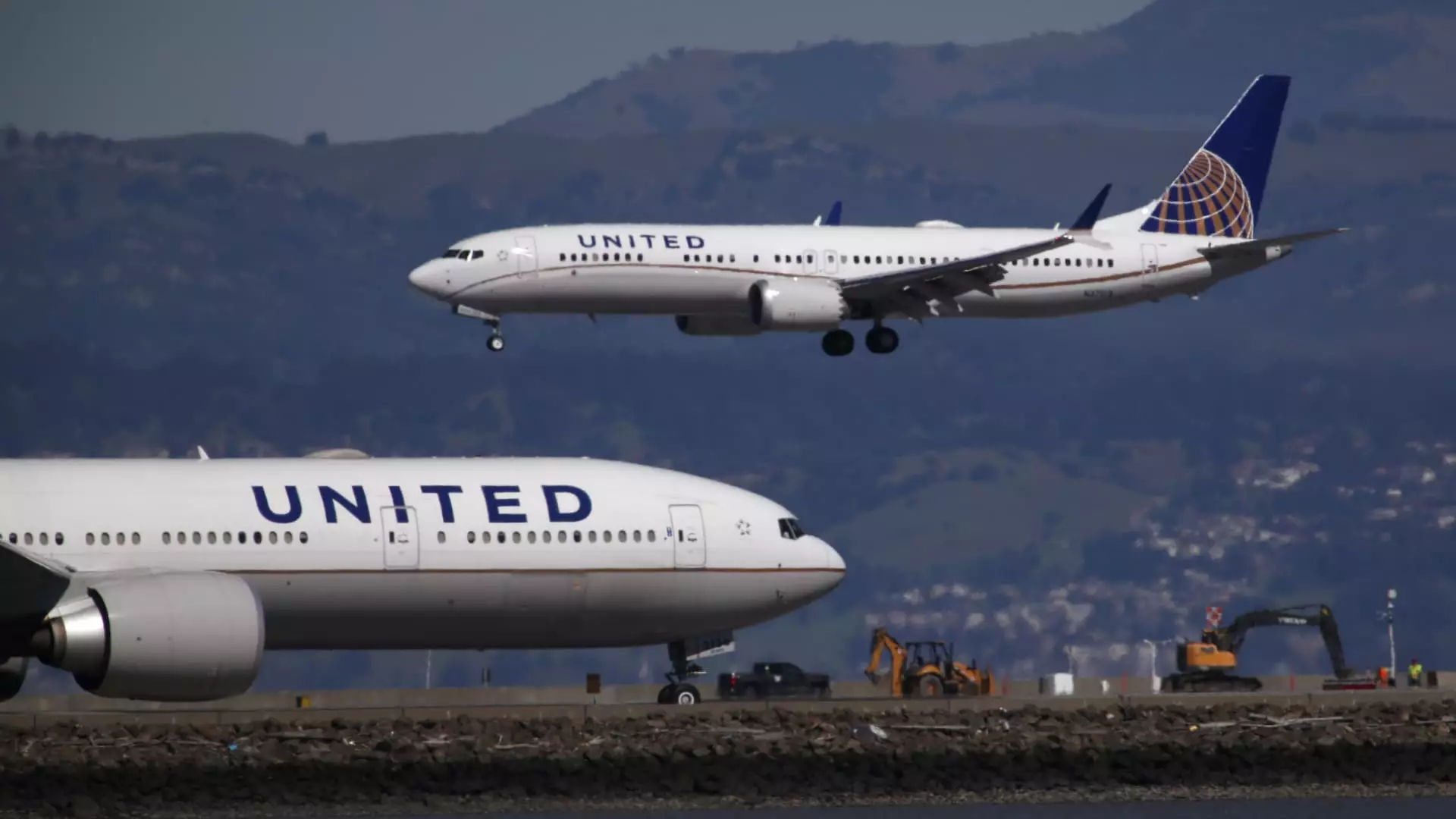United Airlines recently announced a cut in its aircraft-delivery expectations for the year, citing delays from Boeing as the main reason behind this decision. The airline now expects to receive only 61 new narrow-body planes in the current year, a significant reduction from the 101 it had initially anticipated. This move comes as United faces challenges in its growth strategy due to the ongoing safety crisis involving the aircraft manufacturer.
In a statement, United’s CEO Scott Kirby acknowledged the need to adjust the fleet plan to align with the latest delivery schedules from manufacturers. He highlighted the airline’s intention to capitalize on the available opportunities for profitable growth, particularly in expanding its international network from key hub locations. This adjustment reflects the shifting dynamics in the aviation industry, with carriers like United adapting to external factors impacting their operations.
As part of its revised fleet plan, United also revealed plans to lease 35 Airbus A321neos in 2026 and 2027, signaling a shift towards diversifying its aircraft sources. By turning to Boeing’s rival for new planes, United aims to navigate the challenges posed by production constraints and regulatory scrutiny facing the U.S. manufacturer. This strategic decision underscores the airline’s focus on maintaining operational resilience amidst industry disruptions.
The adjustment in aircraft-delivery expectations has prompted United to revise its annual capital expenditure estimate, lowering it to $6.5 billion from the previously projected $9 billion. This financial adjustment reflects the broader impact of the manufacturer delays on the airline’s financial performance. United reported a net loss of $124 million in the first quarter, attributing $200 million of this loss to the temporary grounding of Boeing 737 Max 9 aircraft earlier in the year.
In addition to the financial impact, United is also facing operational challenges, including a Federal Aviation Administration safety review that has led to the postponement of planned service routes. The airline has had to adjust its growth plans in response to safety concerns and regulatory requirements, impacting its ability to expand into new markets as originally planned. This underscores the importance of maintaining stringent safety protocols and regulatory compliance in the aviation sector.
Despite these challenges, United remains optimistic about its future financial performance, with an earnings forecast of between $3.75 and $4.25 in the second quarter. The airline’s strategic focus on profitability during peak travel seasons highlights its commitment to maximizing revenue opportunities and mitigating the impact of external disruptions. United’s shares saw a positive response in after-hours trading following the earnings announcement, signaling investor confidence in the airline’s resilience amid industry challenges.
United Airlines’ decision to adjust its aircraft-delivery expectations reflects the ongoing challenges facing the aviation industry. By responding proactively to external factors such as manufacturer delays and regulatory scrutiny, the airline demonstrates its ability to adapt to changing market conditions. The strategic shifts in fleet planning and financial projections underscore United’s commitment to sustainable growth and operational efficiency in a dynamic and competitive industry landscape.

